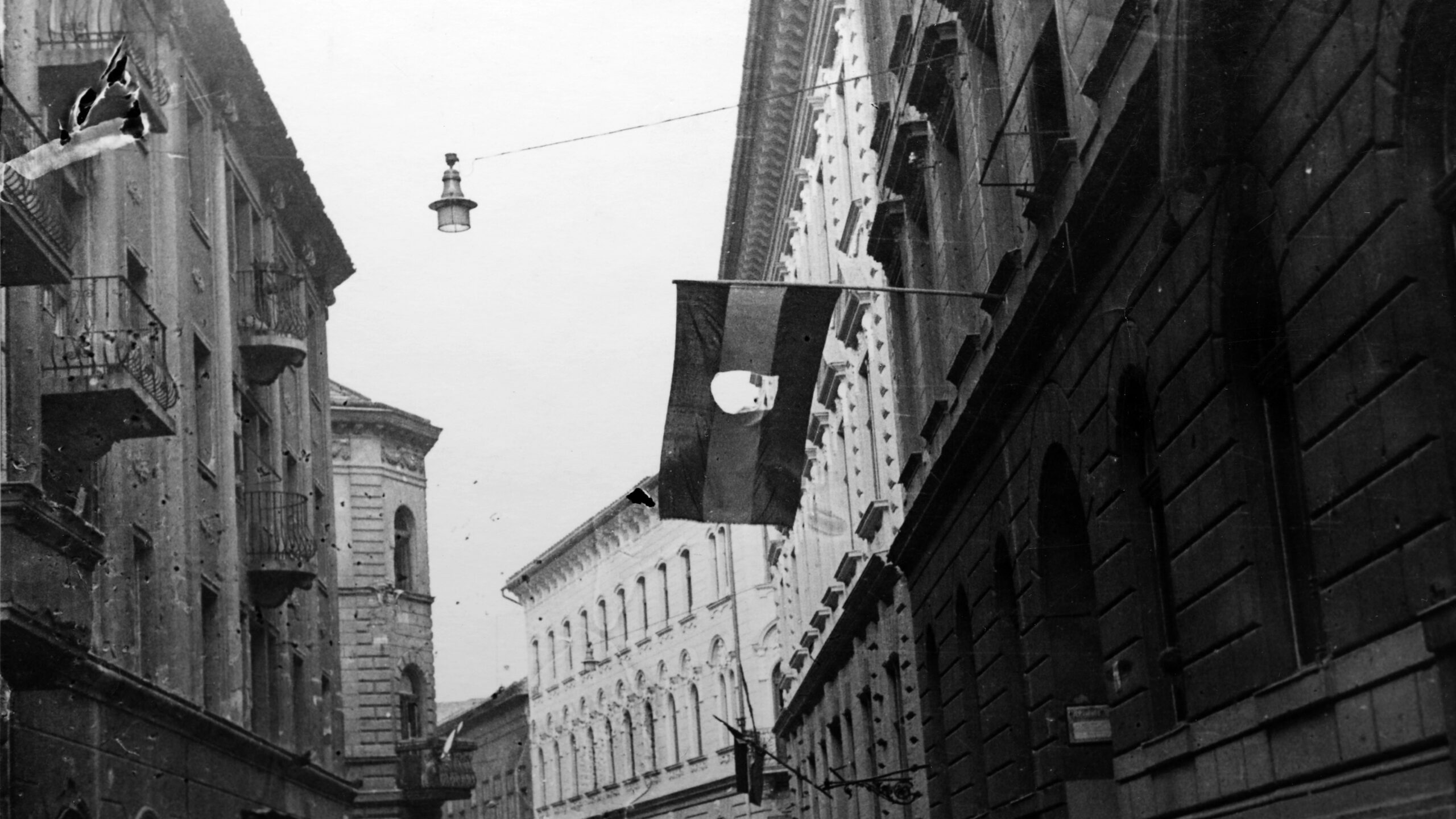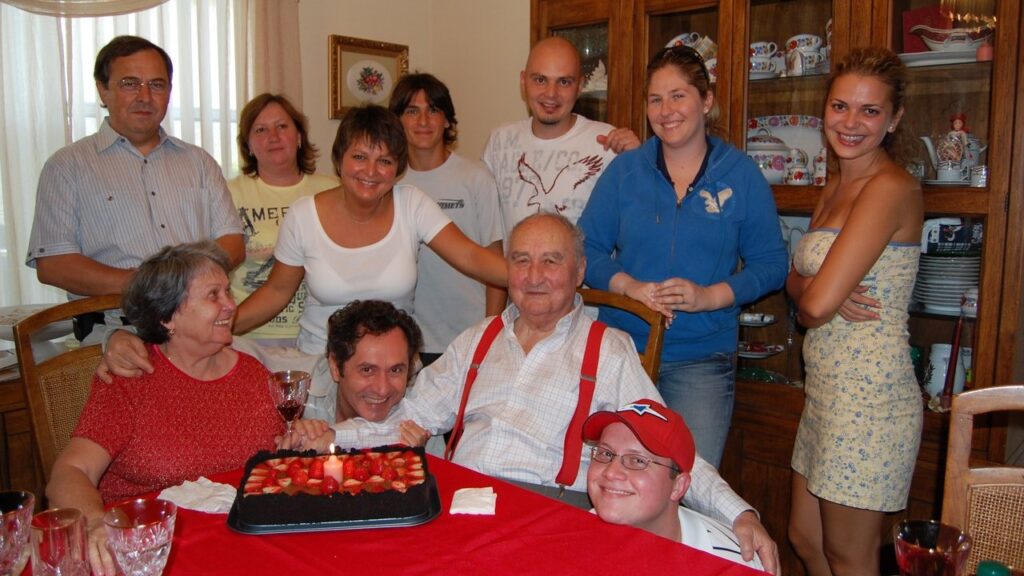4 November is a National Day of Mourning, marking the brutal Soviet intervention that crushed the 1956 Hungarian uprising. On this day, the country pays homage to the memory of the victims who fought against the communist regime and Soviet occupation.
The revolution began on 23 October 1956 with a peaceful demonstration that swiftly turned into an armed uprising against the dictatorship associated with Mátyás Rákosi and the heavy-handed rule of the communist regime. The protests soon escalated, prompting the Soviet forces stationed in Hungary to intervene, transforming the revolution into a war of liberation.
On 4 November, a Soviet military invasion sealed the fate of the revolution, just four days after the Hungarian government led by Imre Nagy had declared Hungary’s neutrality and announced its withdrawal from the Warsaw Pact. The decision to invade Hungary was taken on 31 October in Moscow, after which Soviet troops began moving into the country.
The full-scale Soviet offensive started in the early hours of Sunday, 4 November, at 4:15am, targeting Budapest, key urban areas, and strategic military sites. Hungarian defenders—including national guards, police, and various army units—fought back valiantly. By midday, however, Soviet forces had disarmed all Hungarian military units and seized control of the Ministry of Defence, the Ministry of the Interior, and the Budapest Police Headquarters. Widespread resistance emerged across the country.
According to Hungary’s Central Statistical Office, between 23 October and 16 January, the conflict claimed the lives of 2,652 people nationwide, including 2,045 in Budapest, with 19,226 people wounded, of whom 16,700 were in the capital. A 1991 report noted that 669 Soviet soldiers also died, with 51 reported missing. Over the months following the crushing of the revolution approximately 200,000 people left Hungary.
The revolution’s leaders, including Prime Minister Imre Nagy, Defence Minister Pál Maléter, and journalist Miklós Gimes, were executed after a show trial on 16 June 1958. József Szilágyi, Nagy’s personal secretary, was executed separately in April 1958, while Minister of State Géza Losonczy died in prison under still unclear circumstances before the trial. The total number executed for their involvement in the revolution, according to sources, ranged from 220 to 340, while thousands faced imprisonment or internment that in several cases lasted for more than a decade. Legendary 1956er Mária Wittner, for instance, whose death sentenced was transmuted into life imprisonment, remained in prison until 1970.
In 2013 the Hungarian government officially declared 4 November a national day of mourning, enshrining it as a time of remembrance for those who sacrificed their lives for freedom and national sovereignty during the 1956 Revolution.
Related articles:








